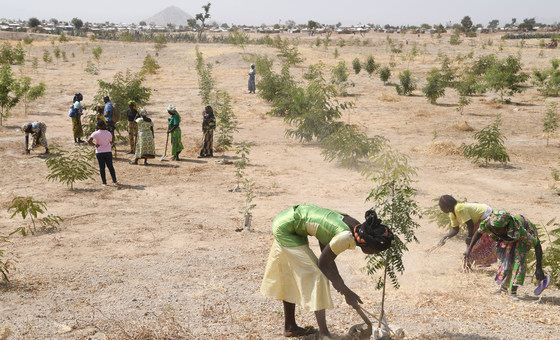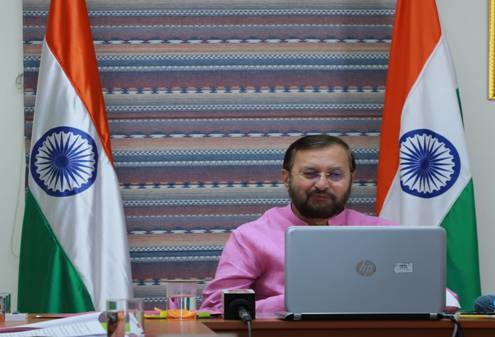Odds are increasing that the annual average global temperature will rise beyond 1.5°C above pre-industrial levels, in at least one of the next five years, the UN weather agency warns in a new report issued on Thursday
 KRC TIMES Desk
KRC TIMES Desk


The World Meteorological Organization (WMO) said there was a 40% chance of the watershed global warming mark being met during the time frame, and these odds are increasing with time.
The 1.5°C mark was established as the desirable target for all the countries of the world who signed up to the Paris Agreement to limit temperature rises, in order to prevent permanent changes that threaten the wellbeing of all life on earth. The agreement calls for limiting rises to 2°C or below.
There is a 90% likelihood of at least one year between 2021-2025 becoming the warmest on record, which would dislodge 2016 from the top ranking, according to the Global Annual to Decadal Climate Update, produced by the United Kingdom’s Met Office, the WMO lead centre for such predictions.

Up to the end of 2025, high-latitude regions and the Sahel are likely to be wetter, the report suggests, and there is an increased chance of more tropical cyclones in the Atlantic compared to the average, taken from the start of the 1980s.
The annual update harnesses the expertise of internationally acclaimed climate scientists and the best prediction systems from leading climate centres around the world to produce actionable information.
“These are more than just statistics”, said WMO Secretary-General Petteri Taalas. “Increasing temperatures mean more melting ice, higher sea levels, more heatwaves and other extreme weather, and greater impacts on food security, health, the environment and sustainable development,” he said.
Up to the end of 2025, high-latitude regions and the Sahel are likely to be wetter, the report suggests, and there is an increased chance of more tropical cyclones in the Atlantic compared to the average, taken from the start of the 1980s.
The annual update harnesses the expertise of internationally acclaimed climate scientists and the best prediction systems from leading climate centres around the world to produce actionable information.
“These are more than just statistics”, said WMO Secretary-General Petteri Taalas. “Increasing temperatures mean more melting ice, higher sea levels, more heatwaves and other extreme weather, and greater impacts on food security, health, the environment and sustainable development,” he said.




